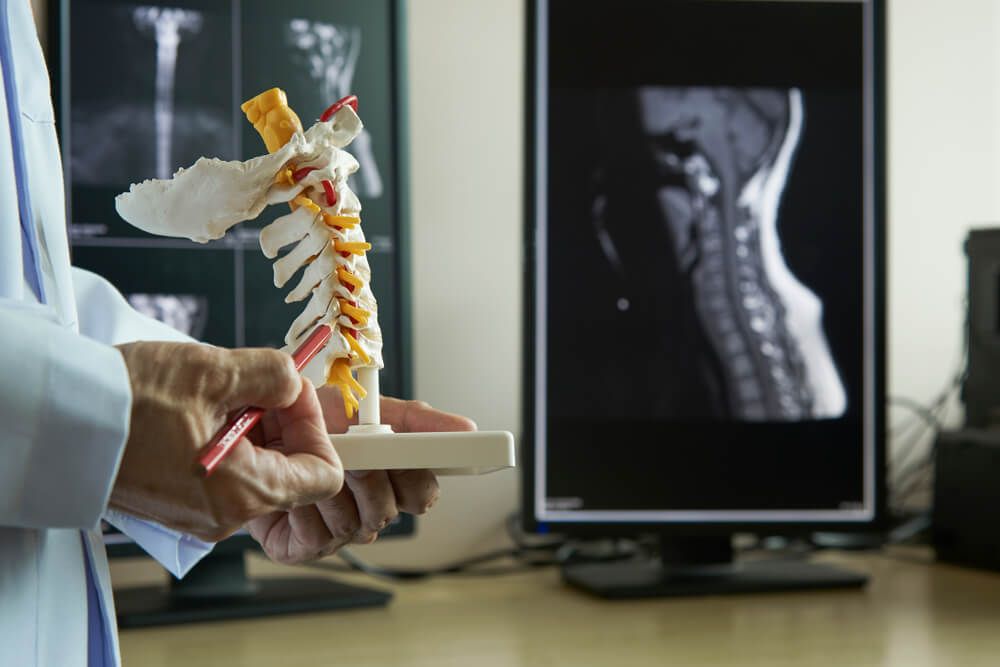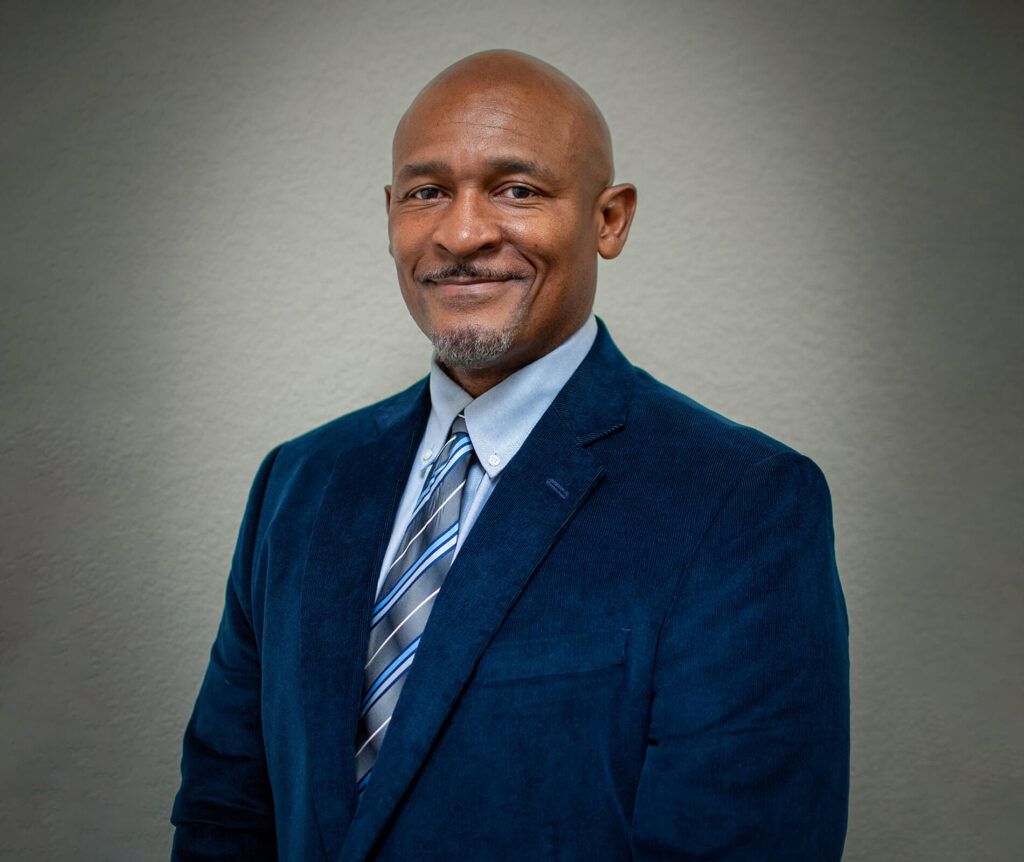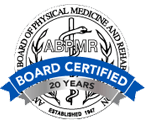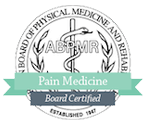A cervical selective-nerve-root block is an epidural steroid injection used for treating shoulder, upper back, neck and arm pain. It is also used to determine whether pain is being caused by disc problems or nerve-root inflammation. Although MRI scans and other imaging tests are often helpful in locating the source of pain, they may not be able to identify torn or leaking discs.
The Cervical Selective-Nerve-Root Block procedure
A cervical selective-nerve-root-block procedure is performed with a local anesthetic. In some cases, a mild sedative is administered through an intravenous line. Once a patient’s skin is numb from the local anesthetic, a small needle is inserted into the epidural space, which is the sac of fluid that protects the spinal cord and its nerves. Fluoroscopy or other imaging techniques may be used to verify that the needle is positioned properly. Once the needle is in the correct place, an anesthetic and a steroid are injected into the epidural space.
Recovery from a Cervical Selective-Nerve-Root Block
A patient usually returns home on the day of the cervical selective-nerve-root-block procedure, and is usually able to return to work the next day. Immediately after the procedure, a patient often experiences relief from pain, although pain can then worsen for a day or two (this is completely normal). In most cases, the patient experiences full pain relief within a week.
Complications of a Cervical Selective-Nerve-Root Block
Although complications from a cervical selective-nerve-root block are uncommon, they do exist, and include the following:
- Pain at the injection site
- Infection
- Elevated blood sugar
The steroid medication can also cause insomnia, fluid retention and changes in blood pressure.
Results of a Cervical Selective-Nerve-Root Block
The effectiveness of a cervical selective-nerve-root block varies. Some patients only experience pain relief for a few months, while others enjoy long-term relief.




